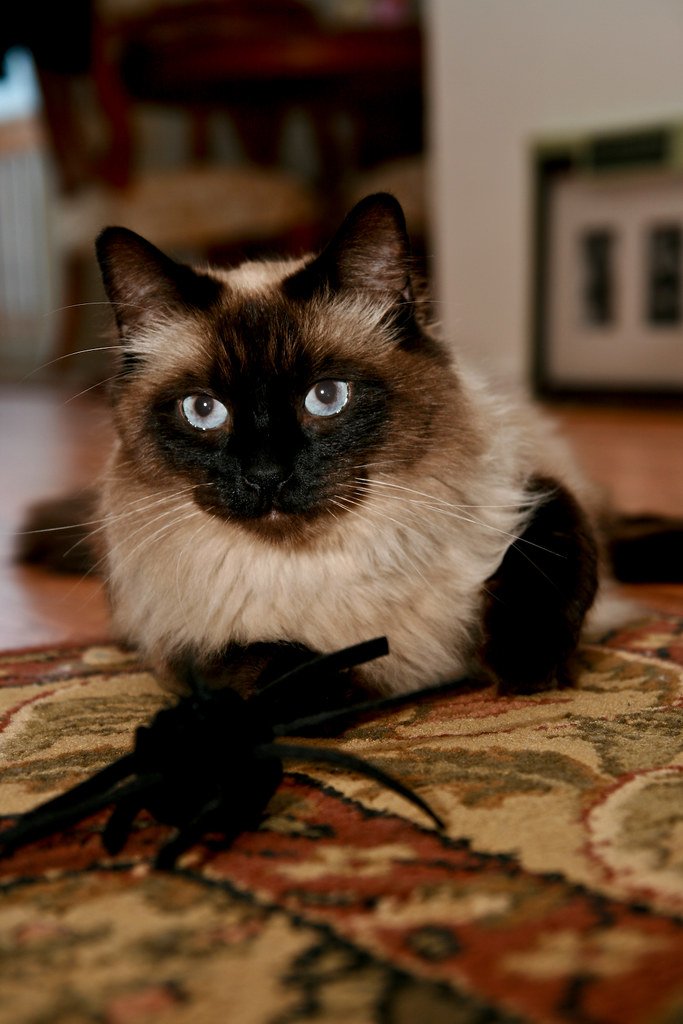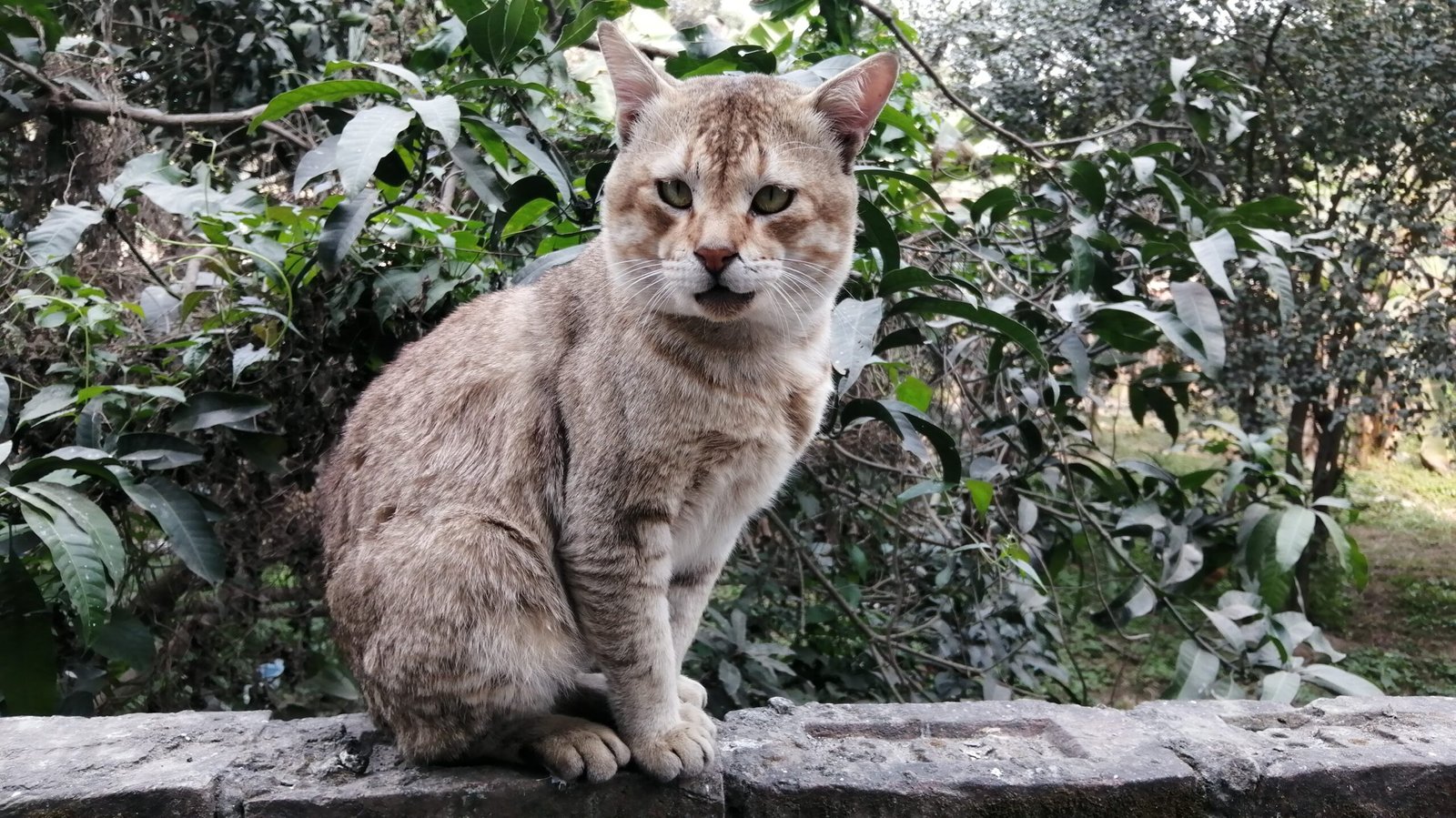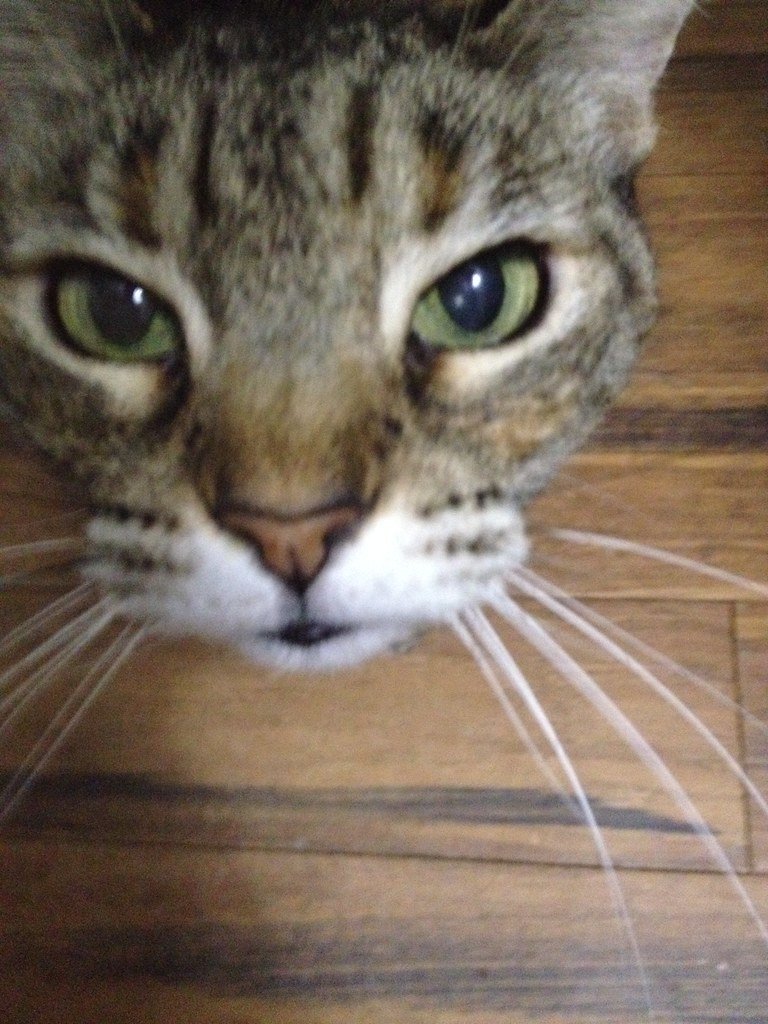Create a Morning Routine That Actually Matters

Your cat’s day starts the moment you wake up, and they’re watching every move you make. Establishing a consistent morning routine isn’t just good for you—it’s essential for your feline friend’s mental wellbeing.
Cats are creatures of habit who thrive on predictability. When you wake up at the same time each day and follow similar patterns, your cat feels secure and relaxed. This might seem small, but it’s actually one of the most powerful ways to reduce their stress levels.
Try setting your alarm 10 minutes earlier to give yourself time for a quick morning chat with your cat. They’ll appreciate the attention, and you’ll notice how much calmer they seem throughout the day.
Master the Art of Slow Blinking

Here’s something that might surprise you: cats have their own way of saying “I love you,” and it doesn’t involve meowing. When your cat looks at you and slowly closes their eyes, they’re giving you what researchers call a “cat kiss.”
You can return this affection by looking at your cat and slowly blinking back at them. It’s like having a secret conversation that only you two understand. This simple gesture tells your cat that you’re not a threat and that you trust them completely.
Most cat owners never learn this trick, but once you start doing it, you’ll see your cat’s personality bloom in ways you never expected.
Turn Mealtime into an Adventure

Forget about just dumping food in a bowl and walking away. Your cat’s wild ancestors had to hunt for every meal, and that instinct is still burning strong in your house cat today.
Food puzzles and interactive feeders transform boring mealtime into an engaging challenge. Your cat gets to “hunt” for their food, which satisfies their natural instincts and prevents them from eating too quickly.
Even something as simple as hiding small portions of dry food around the house can turn your cat into an excited explorer. You’ll be amazed at how much more energetic and satisfied they become when they have to work for their dinner.
Create the Perfect Scratching Setup

Your furniture doesn’t have to be a casualty of cat ownership, but you need to understand why cats scratch in the first place. They’re not trying to destroy your couch—they’re maintaining their claws, marking territory, and stretching their muscles.
The secret is providing scratching surfaces that are more appealing than your furniture. Cats prefer vertical surfaces that are sturdy and tall enough for a full stretch. Sisal rope, corrugated cardboard, and carpet remnants all work well.
Place scratching posts near your cat’s favorite sleeping spots and by doorways. When they wake up or enter a room, they’ll naturally want to scratch and stretch.
Build a Daily Play Session That Counts

Five minutes of the right kind of play is worth more than an hour of your cat batting at a toy by themselves. The key is understanding what makes cats tick: they need to hunt, catch, and “kill” their prey.
Feather wands and laser pointers are great for getting your cat moving, but always end play sessions with a toy they can actually capture. This gives them the satisfaction of completing the hunt sequence and prevents frustration.
The best time for play is about an hour before their main meal. They’ll be naturally more interested in “hunting,” and afterward, they’ll eat and then settle in for a contented nap.
Learn to Read Your Cat’s Body Language

Your cat is constantly communicating with you, but most of their messages are getting lost in translation. Understanding their body language is like learning a new language—one that will completely change your relationship.
A cat’s tail tells you everything you need to know about their mood. A straight-up tail means they’re happy and confident, while a puffed-up tail means they’re scared or agitated. Slow tail swishing is different from fast tail lashing, and each movement has its own meaning.
Pay attention to their ears too. Forward-facing ears show interest and happiness, while flattened ears signal fear or aggression. Once you start noticing these signals, you’ll be able to respond to your cat’s needs before they become problems.
Create Cozy Hideaways Throughout Your Home

Cats need spaces where they can retreat and feel completely safe. This isn’t about being antisocial—it’s about having control over their environment, which is crucial for their mental health.
Cardboard boxes work perfectly for this, but you can also create hideaways with blankets, cat tunnels, or even paper bags. The key is making sure these spaces are in quiet areas where your cat won’t be disturbed.
High perches are just as important as low hideaways. Cats feel safest when they can observe their territory from above, so consider adding cat trees or clearing off a bookshelf where your cat can perch and survey their domain.
Establish a Grooming Routine They’ll Love

Most cats can handle their own grooming, but a daily brushing session does something magical for your relationship. It mimics the social grooming that cats do with family members, and it helps you bond in a way that feels natural to your cat.
Start with just a few gentle strokes and gradually increase the time as your cat gets comfortable. Pay attention to their favorite spots—many cats love being brushed on their cheeks, behind their ears, and under their chin.
Regular brushing also prevents matting and reduces shedding around your house. Plus, it gives you a chance to check for any unusual lumps, bumps, or skin issues that might need attention.
Master the Art of Respectful Petting

There’s a right way and a wrong way to pet a cat, and getting it wrong can turn a friendly cat into a defensive one. The golden rule is to let your cat come to you and to pay attention to their responses.
Start with gentle pets on their head, behind their ears, and under their chin. These are the spots where cats have scent glands, so they actually enjoy being touched there. Avoid their belly, paws, and tail unless your cat specifically asks for attention in those areas.
Watch for signs that your cat has had enough. If their tail starts twitching, their ears go back, or they start to pull away, it’s time to stop. Respecting these boundaries will make your cat trust you more, not less.
End Each Day with Quiet Time Together

Just like humans, cats need time to wind down at the end of the day. This is when they’re most likely to seek out your company for gentle, quiet companionship.
Whether you’re reading, watching TV, or just sitting quietly, invite your cat to join you. Some cats will curl up on your lap, others prefer to sit nearby where they can see you. The important thing is that you’re sharing the same peaceful space.
This quiet time together strengthens your bond and helps your cat associate you with safety and comfort. It’s the perfect way to end the day on a positive note, and you’ll probably find that it helps you relax too.
Conclusion: Small Changes, Big Results

These daily habits might seem simple, but they’re based on understanding what cats actually need to feel secure, stimulated, and loved. When you consistently meet these needs, you’ll notice your cat becoming more affectionate, playful, and relaxed.
The best part is that these habits don’t require expensive equipment or hours of your time. They’re small adjustments that fit naturally into your daily routine, but they make a world of difference from your cat’s perspective.
Remember, every cat is different, so don’t be discouraged if some of these habits work better than others. The key is paying attention to your cat’s individual preferences and adjusting accordingly. Which of these habits do you think your cat would appreciate most?
Hi, I’m Bola, a passionate writer and creative strategist with a knack for crafting compelling content that educates, inspires, and connects. Over the years, I’ve honed my skills across various writing fields, including content creation, copywriting, online course development, and video scriptwriting.
When I’m not at my desk, you’ll find me exploring new ideas, reading books, or brainstorming creative ways to solve challenges. I believe that words have the power to transform, and I’m here to help you leverage that power for success.
Thanks for stopping by, Keep coming to this website to checkout new articles form me. You’d always love it!






